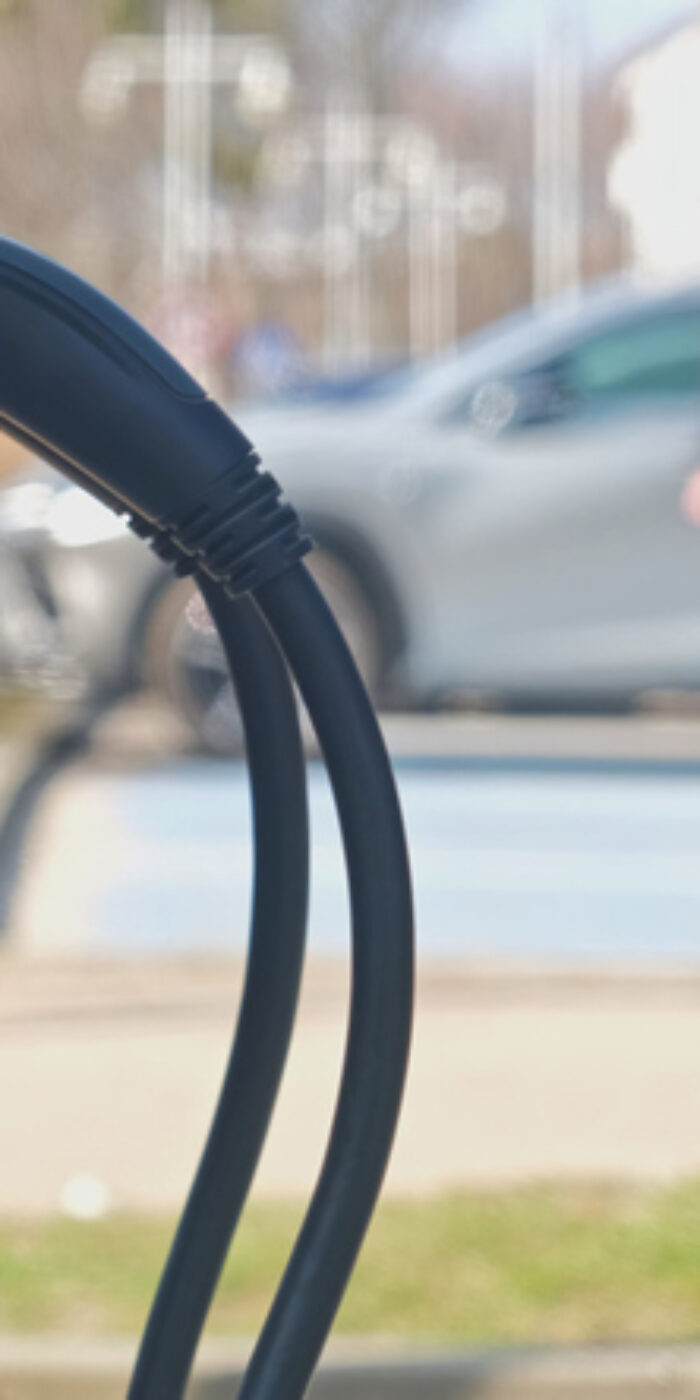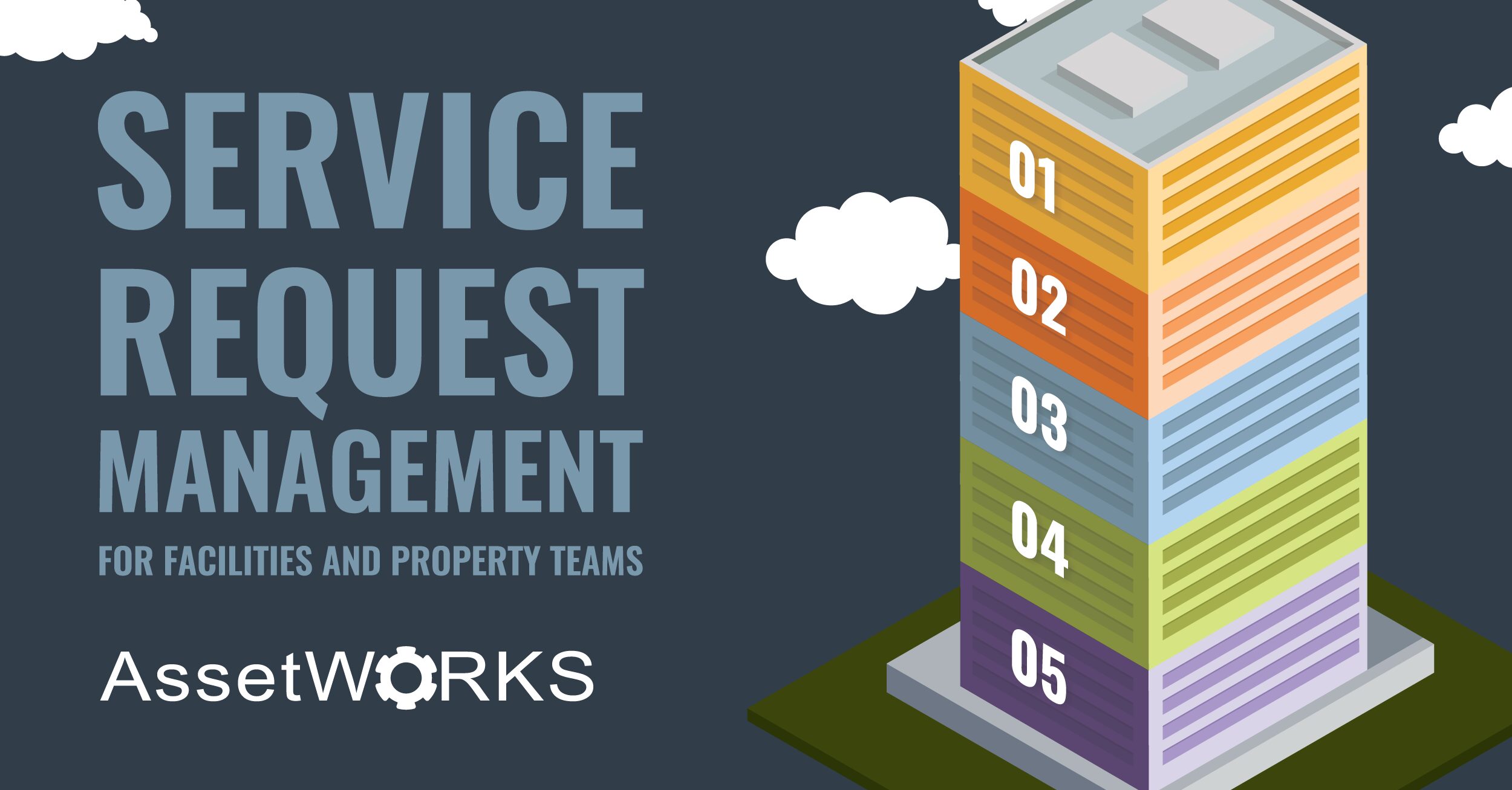Local and state governments have started developing EV infrastructure, but their project progress varies. Local governments have identified more needed for EV infrastructure as EV sales rapidly increase yearly. Even though some governments have been steadily deploying EV infrastructure throughout the past decade, the landscape is quickly changing.
As more governments continue planning and deploying EV infrastructure, here are some tips to keep in mind so you can continue maintaining your EV chargers long after deployment:
Communicate
Local and state governments should frequently discuss with their utility team about deploying charging infrastructure. This communication offers utilities the time to educate stakeholders on processes, timeframes, rate options, incentives, pilot programs, and anything else relevant.
Some agencies may be skeptical about investing in EV infrastructure when public infrastructure remains widely unmet. Local and state governments should step aside and let private companies provide the upgrades and charging systems, so the government can use those saved fees to fund road improvements.
Incorporate Fees
For those who opt not to have a private company do the work, there are still ways for government to make up for the costs. Some cities have started collecting an added-on EV charging fee to enable them to sustain their current chargers and afford new equipment as chargers age.
The fees range depending on population and number of chargers and get added to the kilowatt per hour cost. Even though some EV drivers may not approve of the fees, if EV infrastructure is not maintained, they no longer provide a greener community- especially if more chargers get installed in a community.
Select Right Vendor
It is best to choose a vendor with integrative EV solutions so it can handle all management and operations for better performance. Having software to show you data on usage costs, charging status, current condition, and maintenance history is not only valuable for just chargers but also for staff. Some vendors’ solutions cannot work with each other, so having a solution all under one vendor ensures interoperability.
What the Future Holds
As more EVs enter fleets, and if mandates go into effect, the need for EV infrastructure will become more urgent, so it is best to get ahead of the charge. Tracking EV charger status and implementing regularly scheduled preventative maintenance is daunting without the right software.
AssetWorks knows if agencies deploy many EV chargers, asset management software is key to maintaining charger uptime and efficiency- which is why AssetWorks’ EV management software, FuelFocusEV, integrates directly with AssetWorks Enterprise Asset Management (EAM) software.
AssetWorks EAM can be upgraded with AssetWorks FuelFocusEV solution to provide the industry’s first comprehensive solution- for EV charger maintenance and management. Those with EAM who decide to upgrade to FuelFocusEV have special access to API integrations from the industry’s largest charging network. This integration provides agencies insight into charging costs, adds internal surcharges, and distinguishes between the cost of the grid and non-grid electricity.












